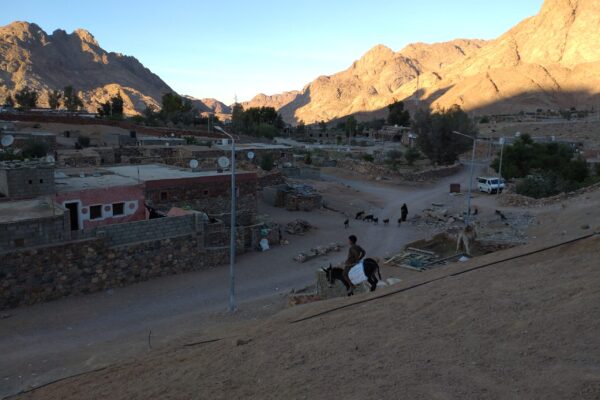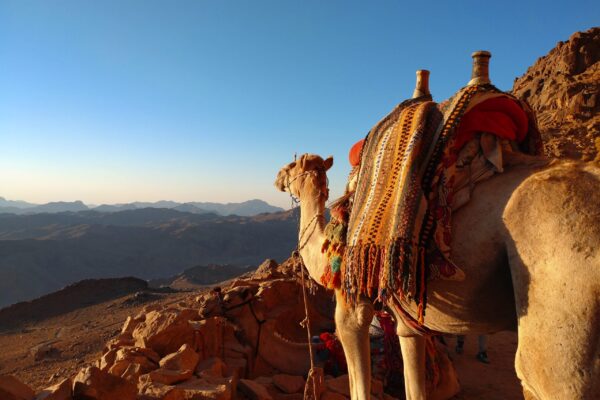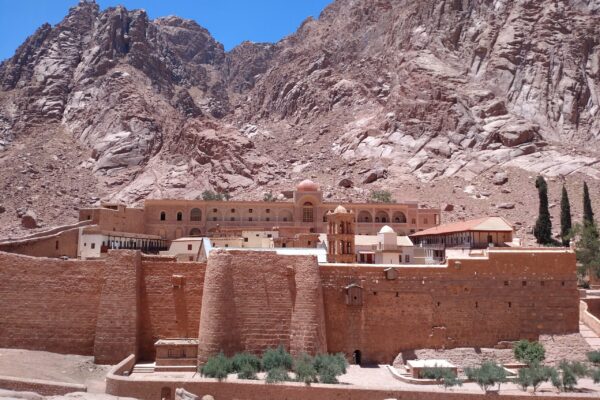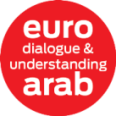Click here to find out more about Talis Bosma’s Travel scholar experience in Egypt! Would you also like to benefit from our Travel Grants? Our applications are open all year! Find out more about the application procedure and criteria here
"My son is called Moussa"
Travel Grant Recipient Talis Bosma tells about his trip to the Sinai area, a place of opposites, with an interesting mix of religions. He is in Egypt to work on improving Egyptian agriculture, but sometimes there is also time to see something more of the country and the culture.
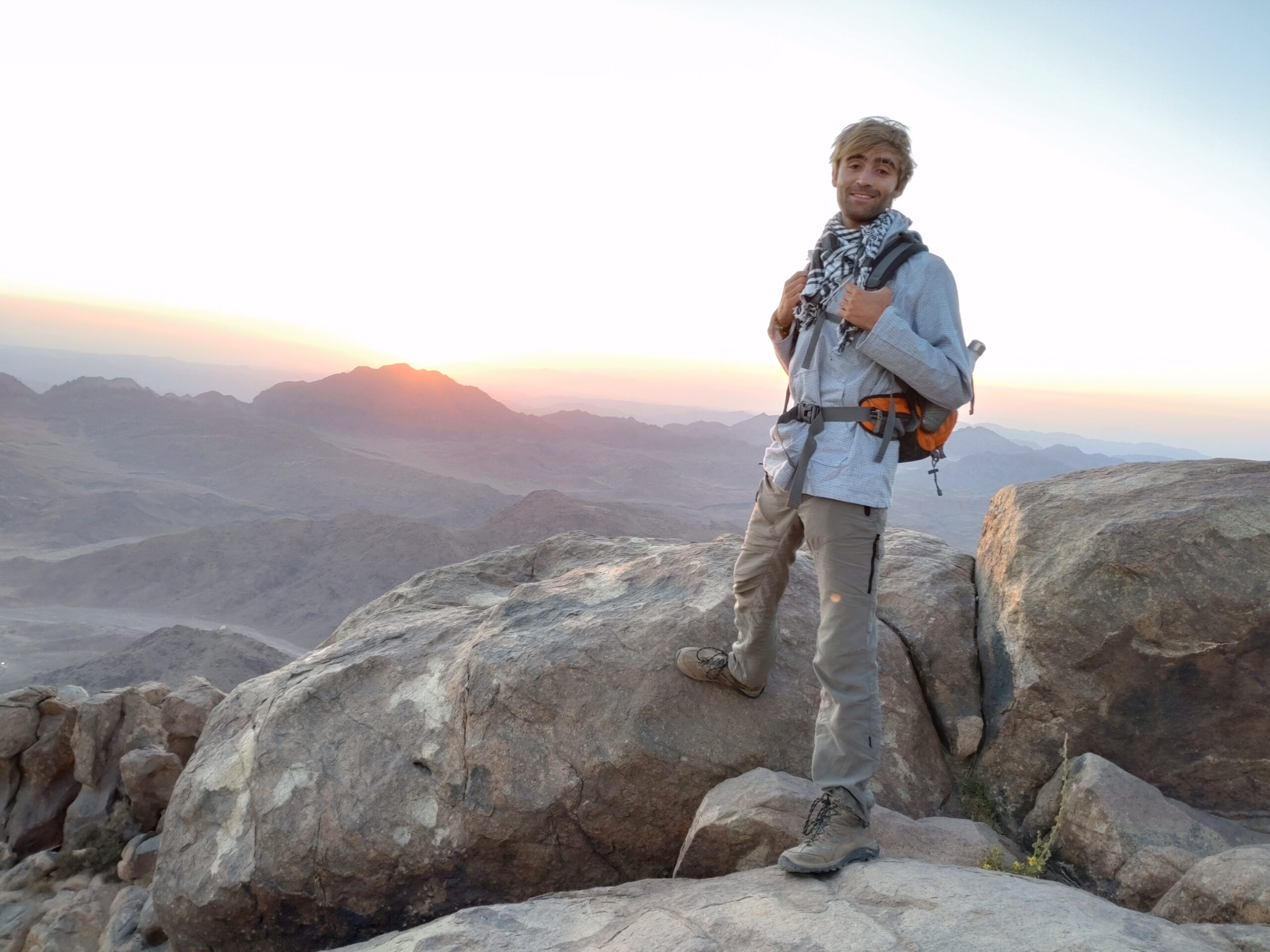
The Sinai area in Egypt is an interesting place. It is still Egypt, but it feels different. Officially it is located on the Asian content, while the rest of the country is Africa. However, this is not the big difference. Is it the landscape? In Sinai you will find some real high mountains, something different than the endless deserts on the other side of the Red sea. Is it the climate? In the mountains it’s clearly cooler, and at the coast very humid.
Those are all differences, but it’s the people. Many of them consider themselves as Bedouins. When I asked; “do you feel yourself Egyptian?” Somebody answered: “No, I’m Bedouin”. The ancient culture is deep rooted in this part of the country. The people still have connection with the land, with the nature. They live in harmony with nature, they work with nature. In harmony with each other.
In the Sinai area I visited the mountain village St. Catherine. A small place between high mountain ranges in a quite remote area. The place is named after the St. Catherine monastery; the oldest continuous inhabited monastery in the world. This place is important in the Christian religion, as it is on the bottom of Mount Mousa (Moses in Arabic). On this mountain they say Moses received his 10 commandments. The mix of religions in St. Catherine is interesting. The monastery is nowadays still inhabited by Greek orthodox monks. The Islamic Bedouins from the village give tours in the churches and analyse the old Christian paintings for visitors. In the meantime, they go praying in the mosque in the monastery.
Both groups need each other. I climbed this famous mount Mousa with an Islamic Bedouin guide in the middle of the night. Underneath the dark sky and bright stars I arrived at the top of the mountain to see the magnificent sunrise over the mountain tops. A small chapel marked the top. While some Orthodox Russians started to pray and cry loudly, the Bedouin guides went to the Mosque next to the chapel. Two religions literally next to each other. On the way back I joined my Islamic guide Ahmed to his place, and we started to talk about his family and his children. This was the perfect example of the inclusive mindset of the people at this place, where they prove different religions can live in harmony with each other. Ahmed says: “My son is called Mousa”.

